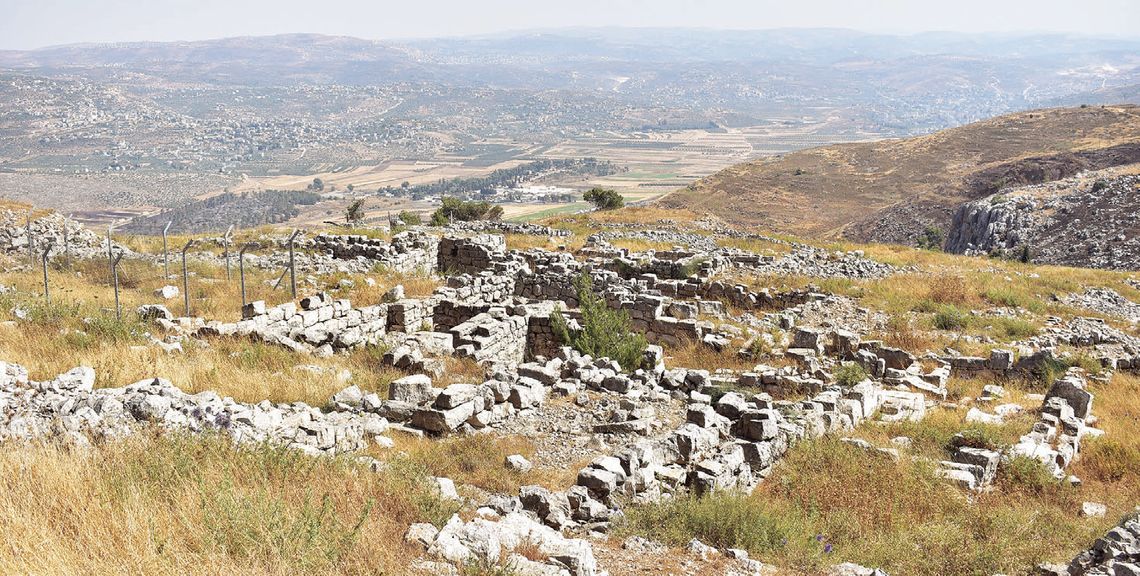DELIBERATELY DIVERSE | by Frances Sorrow
Deliberately Diverse represents the thoughts and opinions of a group of Taylor friends who almost never entirely agree on anything but welcome the opportunity to discuss and appreciate our diverse views in our beloved community.
This article was written by Frances Sorrow, a long time Taylor resident and amateur historian. It does not reflect the views of the Taylor Press.
In Part 1, I described the historical background of the Samaritans, a remnant of the people referenced in the New Testament parable of the Good Samaritan.
They now number about 900 individuals. Around 500 live in Holon, Israel and 400 in Kiryat Luza in the West Bank. Although tiny in number, they are an important and integral presence in the area.
As I previously mentioned, Samaritans are not Jews, but we are distant kin. What are some of the major differences? We Jews have a 24 book Bible, although the Five Books of Moses, the Torah, are the most sacred. The Samaritans only have the Five Books of Moses, their Torah. The two Torahs are mostly the same, but there are 6,000 differences. While most differences are slight, some are substantive. For example, the Samaritans eliminated the problem of the two different Ten Commandments, one in Exodus and the one in Deuteronomy, by merging them. They also add a commandment that Mt. Gerizim be the Temple site, not Mt. Zion.
Their Torah is written in Paleo-Hebrew, the oldest form, whereas we use an early medieval type script.
They still have an Aaronid priesthood rather than rabbis. The priests are led by the High Priest, whose role is described in the Bible. Festivals are celebrated in accordance with the Torah.
As an example, after the destruction of the Jerusalem Temple, the Jewish sages developed what has been called a “portable religion.”
This means we require no buildings or rabbis.
Everything can be lay-led, although it’s nice to have synagogues and rabbis.
Our Passover sacrifice is a symbolic bone.
Samaritans literally follow Exodus 12 and bring a lamb to Mt.
Gerizim for the priests to sacrifice. Then it is eaten as the Passover meal.
So why are there so few Samaritans? They were almost exterminated! Beginning in the 5th century C.E., the Eastern Roman Empire, which controlled Palestine, enacted laws against them and threatened to raze their cemeteries.
The Samaritans revolted numerous times over the next two centuries.
At the end, a population of nearly a million was reduced to less than a thousand.
After the revolts ended, Samaritans were not exiled, possibly because, by then, they were so few in number.
Around 60 years ago, the Samaritans were down to 700 members.
The Israelis organized mail order brides from Jewish orphans in Russia, and it seems to be successful.
I can’t do justice to the Samaritans in this article. If you’d like to read more, “Samaritanism and the Karaite Jews” by Nathaniel Singer is a great starting place.





